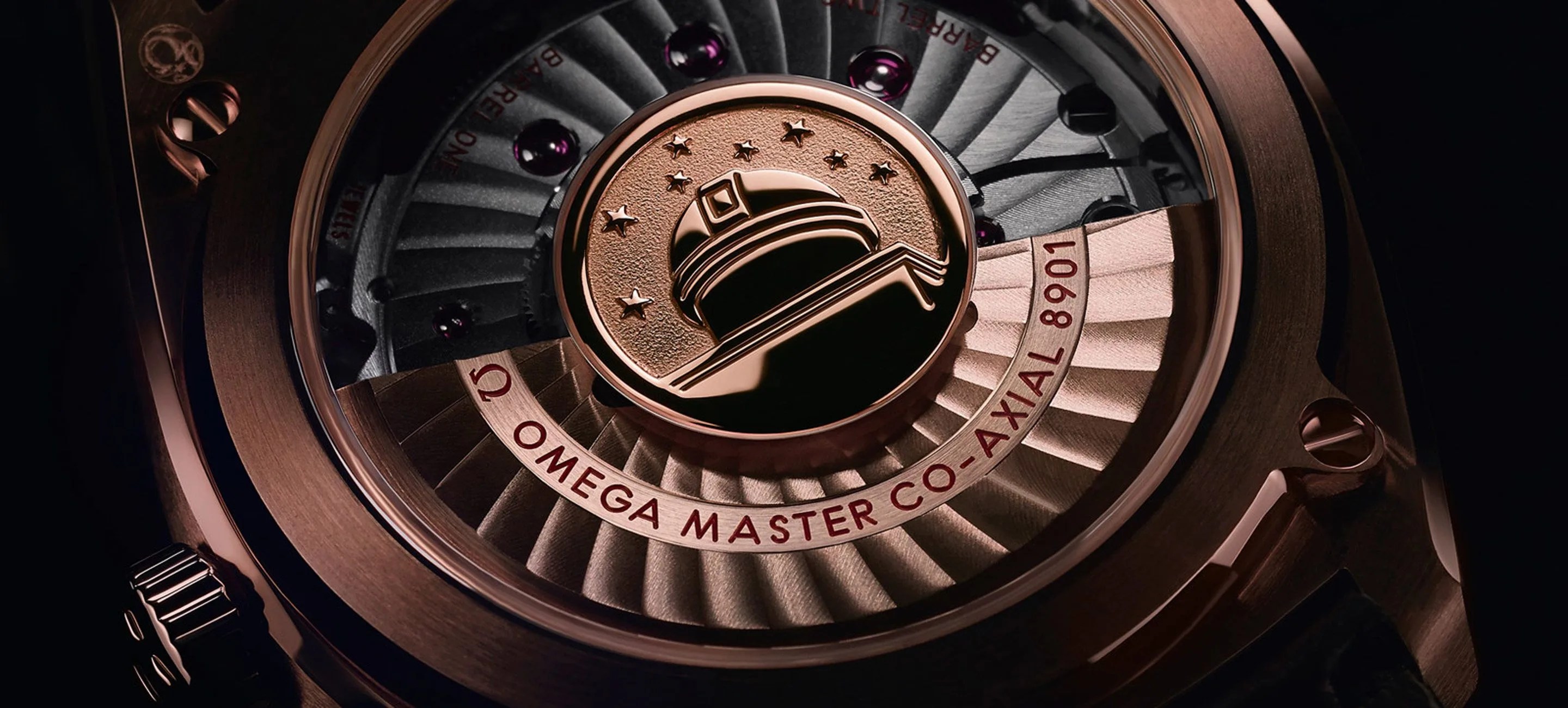The watch world is full of highly technical, often highly French terms that any normal person, reasonably, doesn’t know. Welcome, then, to Horology in a Hurry, a semi-regular column where we’ll break down these terms at length one at a time to give you a better understanding of how watches work. This week: Chronometer.
What is it?
Not to be confused with a chronograph, a chronometer is a watch that has been tested and certified to be incredibly accurate by some sort of governing body. The most prominent example of that today is the Official Swiss Chronometer Testing Institute (COSC), which is responsible for testing Swiss-made chronometers; only the COSC can deem a Swiss watch worthy of “chronometer” status, though other countries have their own chronometer testing outlets, like the Glashütte Observatory in Germany. While quartz watches can also be certified as chronometers, the term most often refers to certified mechanical watches that are accurate to within just a few seconds per day (as an example, COSC-certified chronometers must accurate to within -4/+6 seconds a day). Some brands, like Rolex and Omega, do their own, more stringent, certification programs in addition to COSC testing.
Where did it come from?
In 1714, Great Britain passed the Longitude Act to solve a problem: Namely, that sailers had a difficult time calculating their precise longitude when out in open water (without land in sight). Therefore, anyone who could devise a method of calculating a ship’s precise longitude would be given a monetary award. In 1730, clockmaker John Harrison had developed his first “marine chronometer” — a super accurate ship clock that could be used to calculate longitude through celestial navigation. Though his first clock wasn’t successful, after decades of work it would eventually be perfected.
By the mid-twentieth century, after marine chronometers were largely being displaced by radio navigation systems, the tradition of super accurate timepieces continued with the Observatory Trials. Here, watchmakers submitted watches that were put through weeks of rigorous accuracy testing at European observatories like Neuchatel. Most of these were one-off watches made for the sake of competition, though Girard-Perregaux and Seiko sold some (not many) of their Observatory Chronometer watches to the public. Though the trials ceased with the dawn of the quartz watch in the early ’70s, in 1973 the COSC was formed and has since become the leading force in chronometer certification of consumer mechanical watches (at least in Switzerland).



